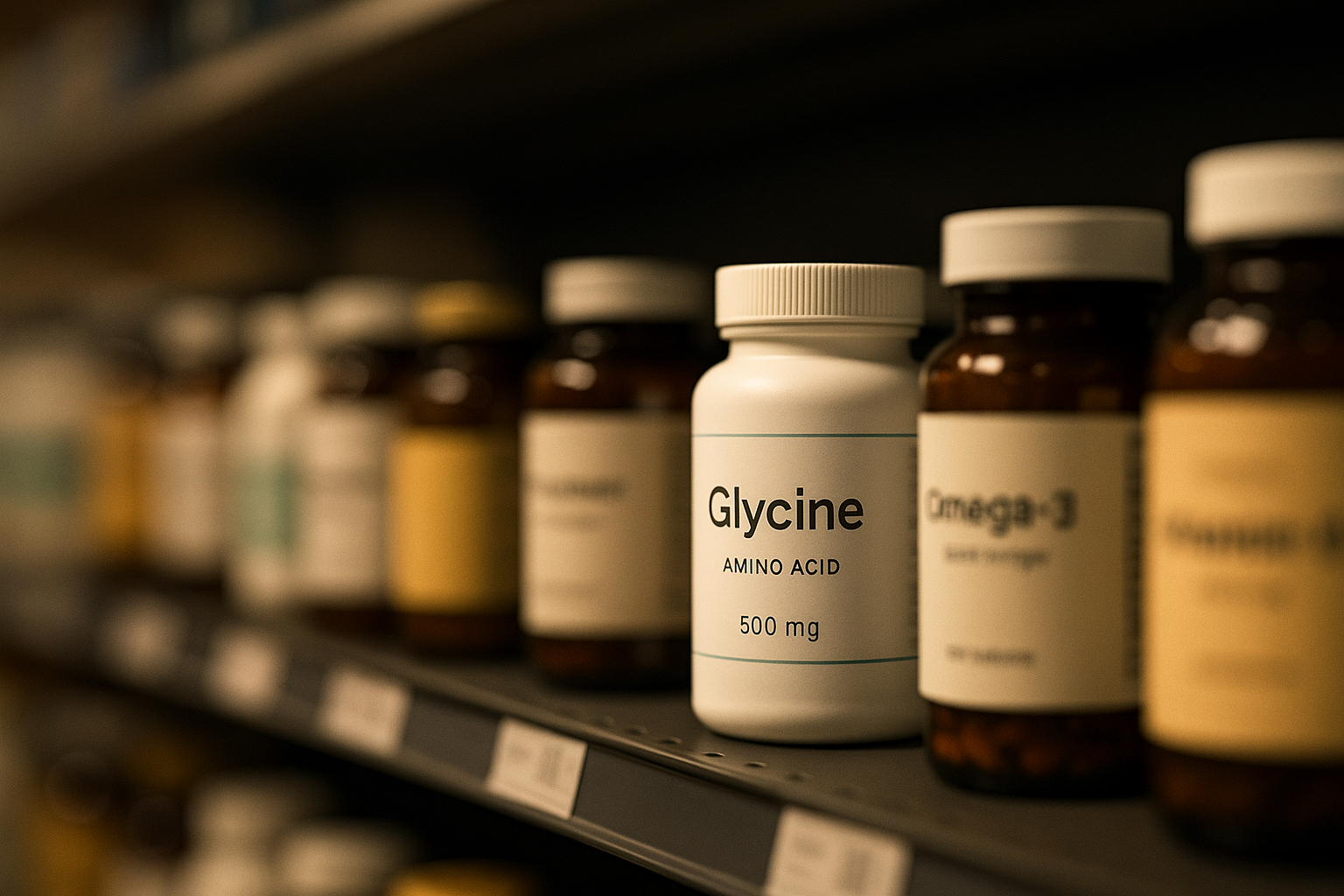Glycine and Sleep: What Science Really Says (2025)
TL;DR: Glycine is a humble amino acid that shows up in collagen, neurotransmission, and now — sleep research. By gently lowering core body temperature and smoothing neural excitability, 3 grams taken 30–60 minutes before bed may improve how sleep feels and how rested you are the next day. Pairing with magnesium makes physiological sense, though the combo hasn’t been formally trialed.
The Quiet Amino Acid That Won’t Go Away
In the crowded world of sleep aids, glycine seems almost laughably plain. It isn’t a hormone like melatonin or a sedative like valerian. It’s the simplest amino acid — just two carbon atoms, a hydrogen, and a carboxyl tail. If amino acids were characters, glycine would be the quiet extra on set, not the star.
And yet, time and again, small clinical studies show something interesting: people who take glycine before bed report falling asleep a little easier, waking less foggy, and handling next-day fatigue better. Not a knockout pill, not a miracle — but a subtle nudge toward balance.
If melatonin is the loud voice telling the brain “It’s night,” glycine is more like a stagehand drawing the curtain and turning the thermostat down.
How Glycine May Shape Sleep
1. Cooling the Body
One of the most consistent findings is that glycine helps the body lose heat. It does this by widening small blood vessels near the skin’s surface, letting core heat escape — much like cracking open a window in a stuffy room.
A small drop in core temperature is one of the body’s natural “green lights” for sleep onset. By making that dip more efficient, glycine helps align physiology with the brain’s bedtime clock.
2. Calming the Circuits
At the molecular level, glycine is a co-agonist at NMDA receptors — a gatekeeper system that manages excitatory signals. It doesn’t sedate like alcohol or sleeping pills. Instead, it smooths the edges of excitability, making it easier for the brain to slip into its nightly rhythm without spikes of chatter.
Together, these two mechanisms — thermal and neural — set the stage. Glycine doesn’t create sleep, but it makes the environment more welcoming.
What the Research Actually Shows
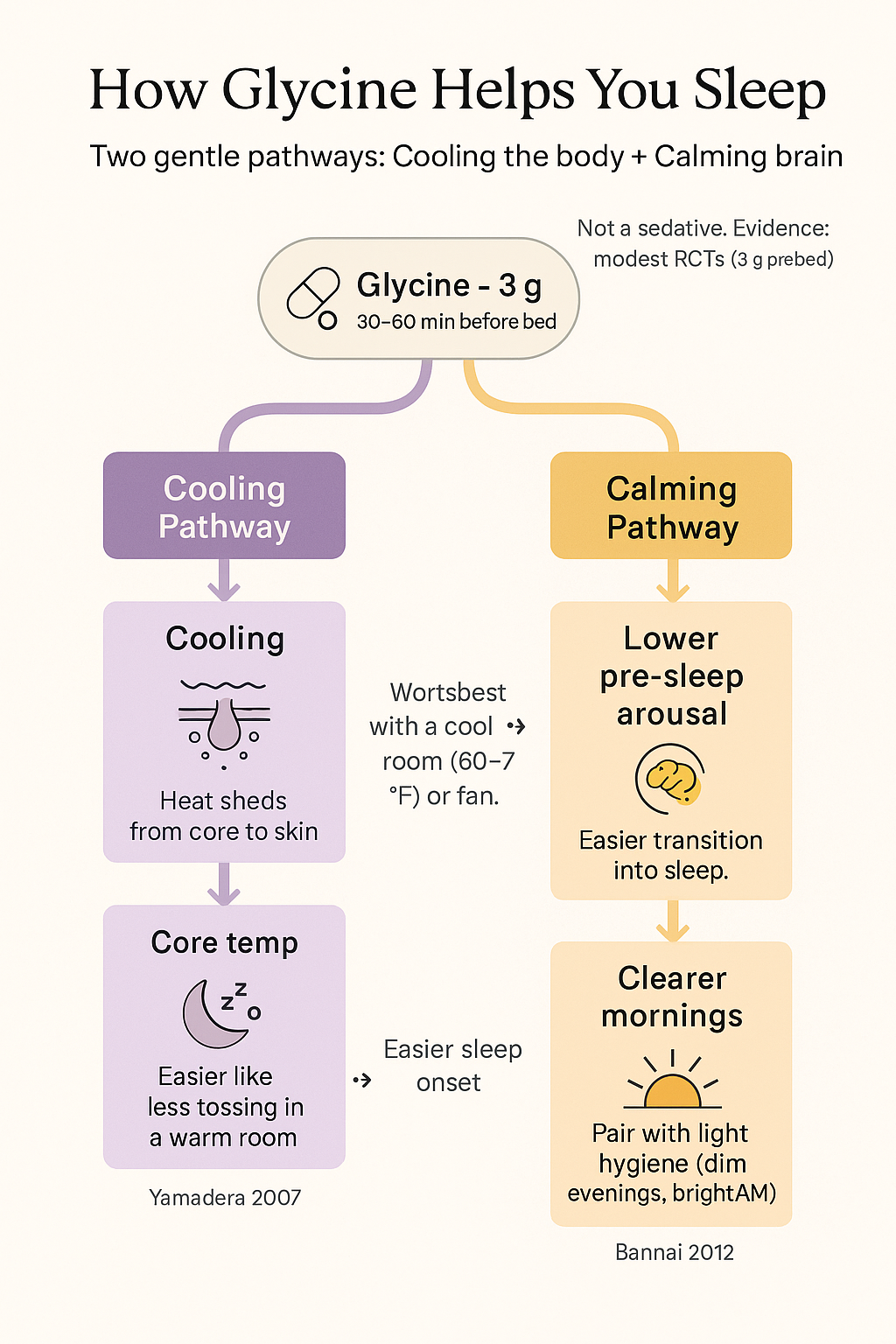
Glycine supports sleep by cooling the body and smoothing neural excitability.
Yamadera 2007
Adults with insomnia complaints were given 3 g glycine before bed in a randomized crossover trial. The results:
- Shorter sleep latency (time to fall asleep)
- Better sleep efficiency
- Improved next-day alertness
Notably, polysomnography showed only modest shifts in architecture — meaning glycine helps how sleep feels and how the next morning unfolds, not necessarily how many minutes you spend in each stage.
Bannai 2012
Healthy adults forced into sleep restriction (early wake times) were given 3 g glycine. They reported:
- Less fatigue
- Better performance on reaction time tasks
- Reduced subjective sleepiness
This positions glycine as particularly useful for sleep-deprived nights — not a cure for missed hours, but a buffer against the fog.
Later Reviews
- Kawai 2015: Pulled together human and animal work, proposing the SCN-mediated vasodilation → core temp drop → sleep propensity model.
- Soh 2023 systematic review: Found consistent subjective benefits, but flagged the small sample sizes and risk of bias in trials.
- Sports science reviews (2024): Noted glycine’s role in athletic recovery, especially after sleep restriction.
The theme across all trials: Glycine is not a heavy sedative. It’s a fine-tuner — a way to make sleep smoother and mornings less heavy.
Dosing and Timing
- Typical study dose: 3 g nightly
- Timing: 30–60 minutes before bed
- Form: Powder (slightly sweet, dissolves well) or capsules
Lower doses (1–2 g) may still help, but 3 g has the clearest evidence base. Higher doses haven’t shown additional sleep benefits and may complicate glucose metabolism.
Glycine and Magnesium: Different Levers, Same Goal
If glycine is the cool breeze, magnesium is the heavy curtain. Both calm the nervous system, but in complementary ways:
- Glycine: nudges vasodilation, lowers core temp, co-activates NMDA.
- Magnesium: blocks NMDA over-excitation, supports GABA tone, relaxes muscle tissue.
This explains why so many evening “stacks” include the two. Magnesium glycinate technically contains glycine, but not nearly at the 3 g level seen in trials. That’s why dedicated glycine powder or capsules are often added separately.
Who Glycine Might Help Most
- Hot sleepers — those who toss and turn from warmth.
- Sleep-restricted adults — students, shift workers, new parents.
- Older adults with mild insomnia — modest but measurable improvements in sleep satisfaction.
For healthy young sleepers with good routines, glycine may be more of a gentle nudge than a game-changer.
Safety and Caveats
At sleep doses, glycine is remarkably well tolerated. But a few flags are worth noting:
- Blood sugar: Glycine can alter glucose metabolism. Some studies show improved insulin sensitivity; others (especially in rodents) suggest risks at high doses. People with diabetes or hypoglycemia should consult a clinician.
- Pregnancy/lactation: Data is sparse; avoid unless medically guided.
- Medication overlap: Few major interactions, but caution is wise if on psychiatric or NMDA-targeting meds.
- Minor side effects: Occasional reports of GI upset or unusual dreams, but rare.
In supplement safety terms, glycine is about as gentle as they come — provided you stay within the studied 3 g range.
Practical Takeaways
- Start with 3 g 30–60 minutes before bed.
- Don’t expect a knockout. Think “better mornings,” not “instant sedation.”
- Stack with magnesium for a complementary effect.
- Pair with environment. Glycine works best when your room is cool enough for heat loss.
- Check with your clinician if you have blood sugar issues or are pregnant.
Glycine FAQs
Glycine FAQs
Related: Magnesium and Sleep · Melatonin and Sleep · Circadian Rhythms
RELATED TOPICS
POPULAR IN SUPPLEMENTS
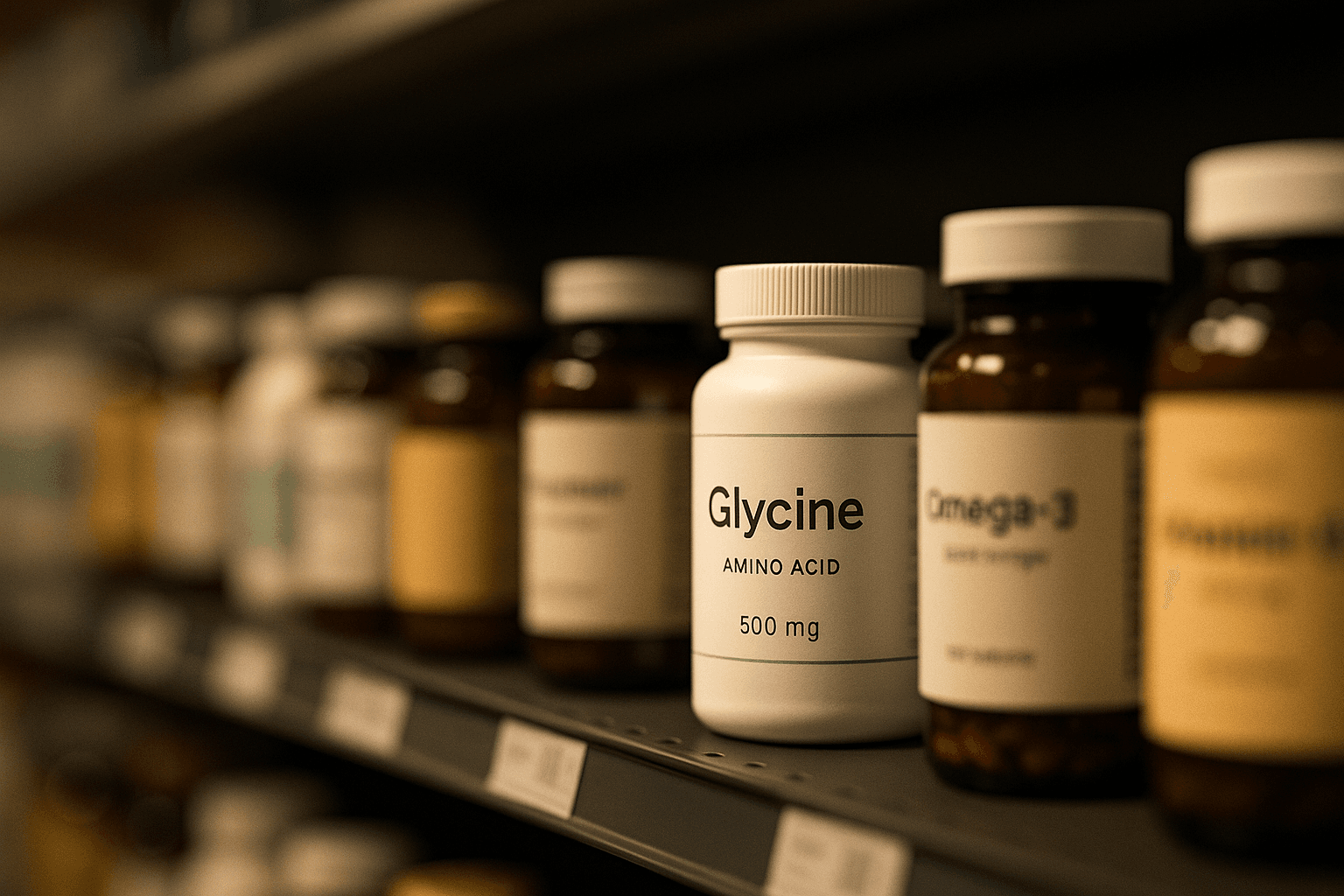
Glycine for Sleep: A Practical Guide
Does glycine help sleep? What it is, benefits, how to try 3 g before bed, stacks, and cautions.
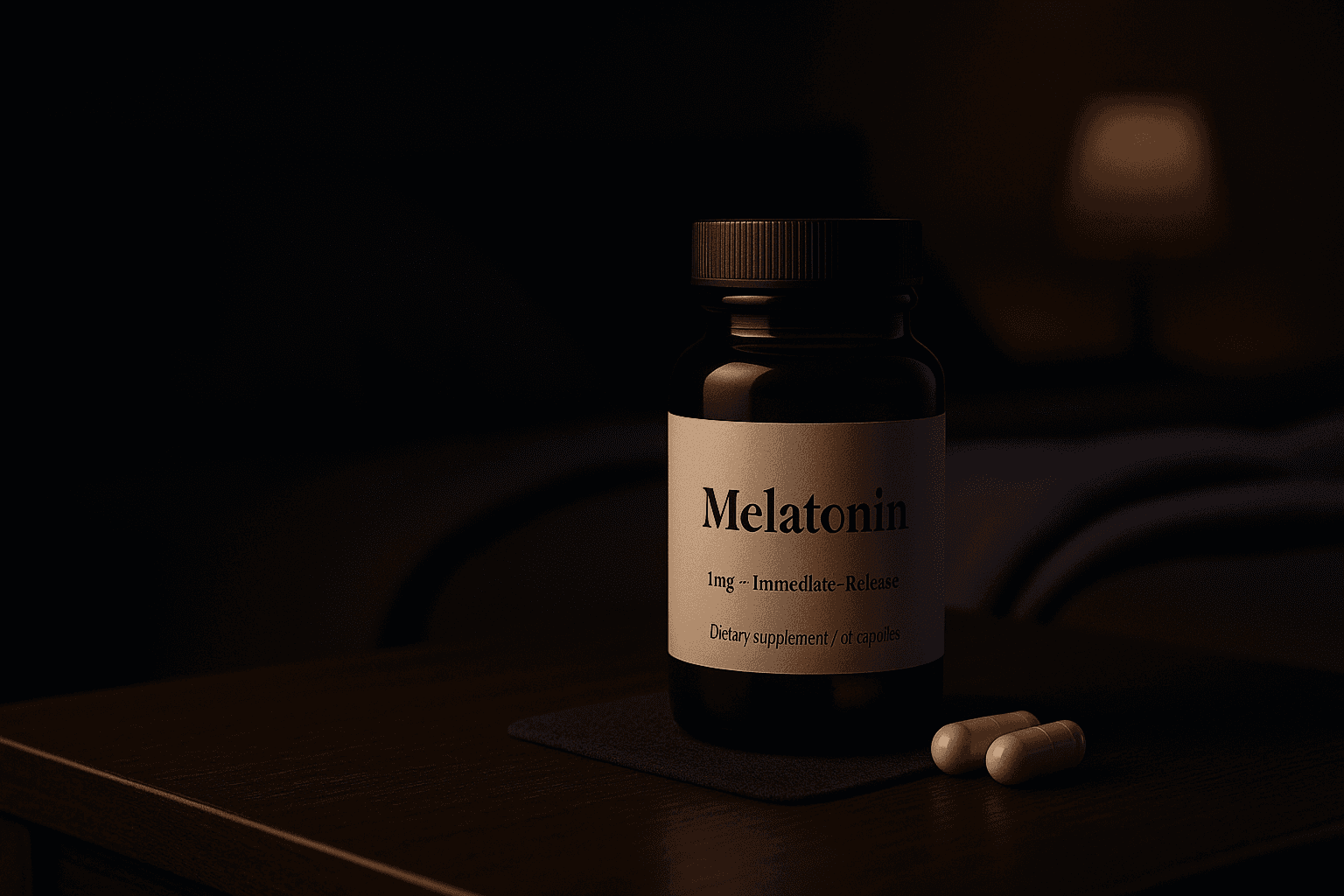
Melatonin and Sleep: What Science Really Says (2025)
Melatonin isn't a sedative—it’s a time signal. How it works, who it helps, and what the latest science says.
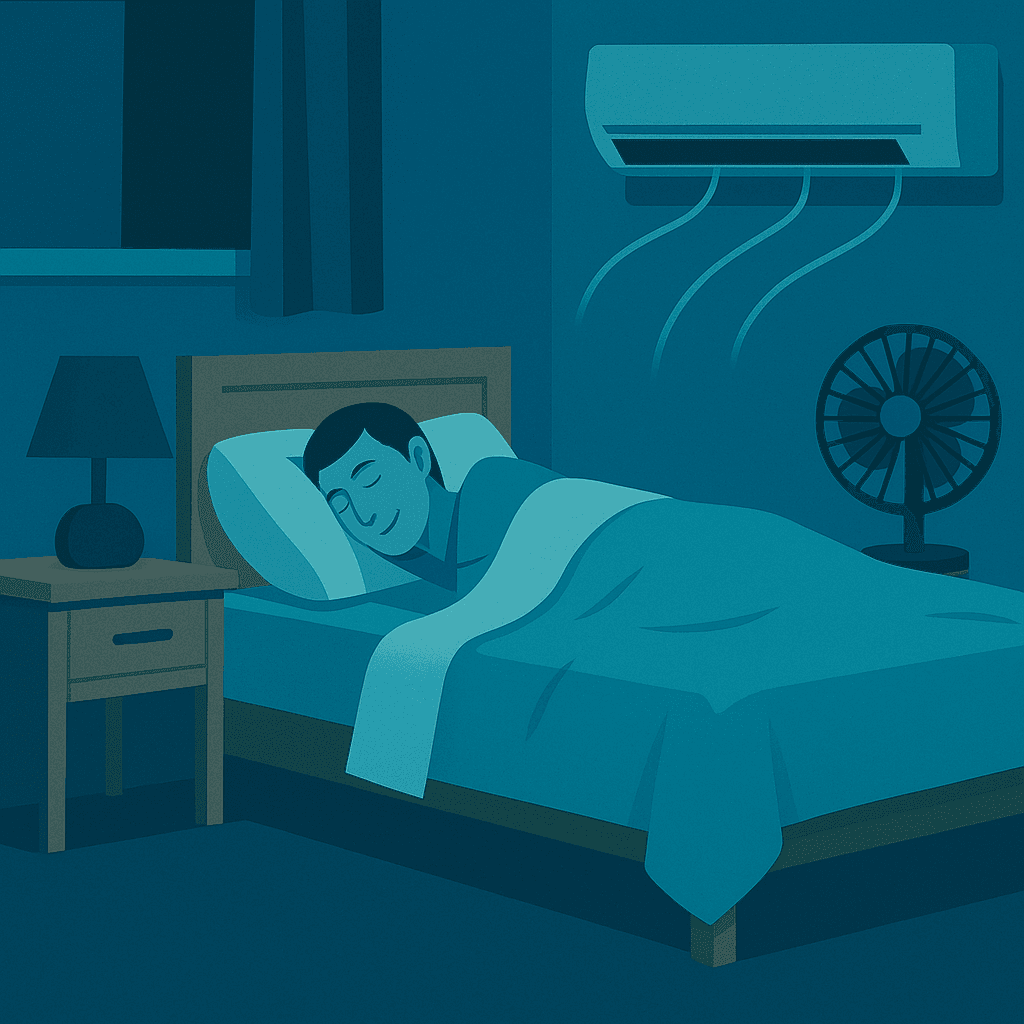
Melatonin Timing & Doses: How to Use It Safely
How to use melatonin—best timing windows, dose ranges, and jet-lag strategies.
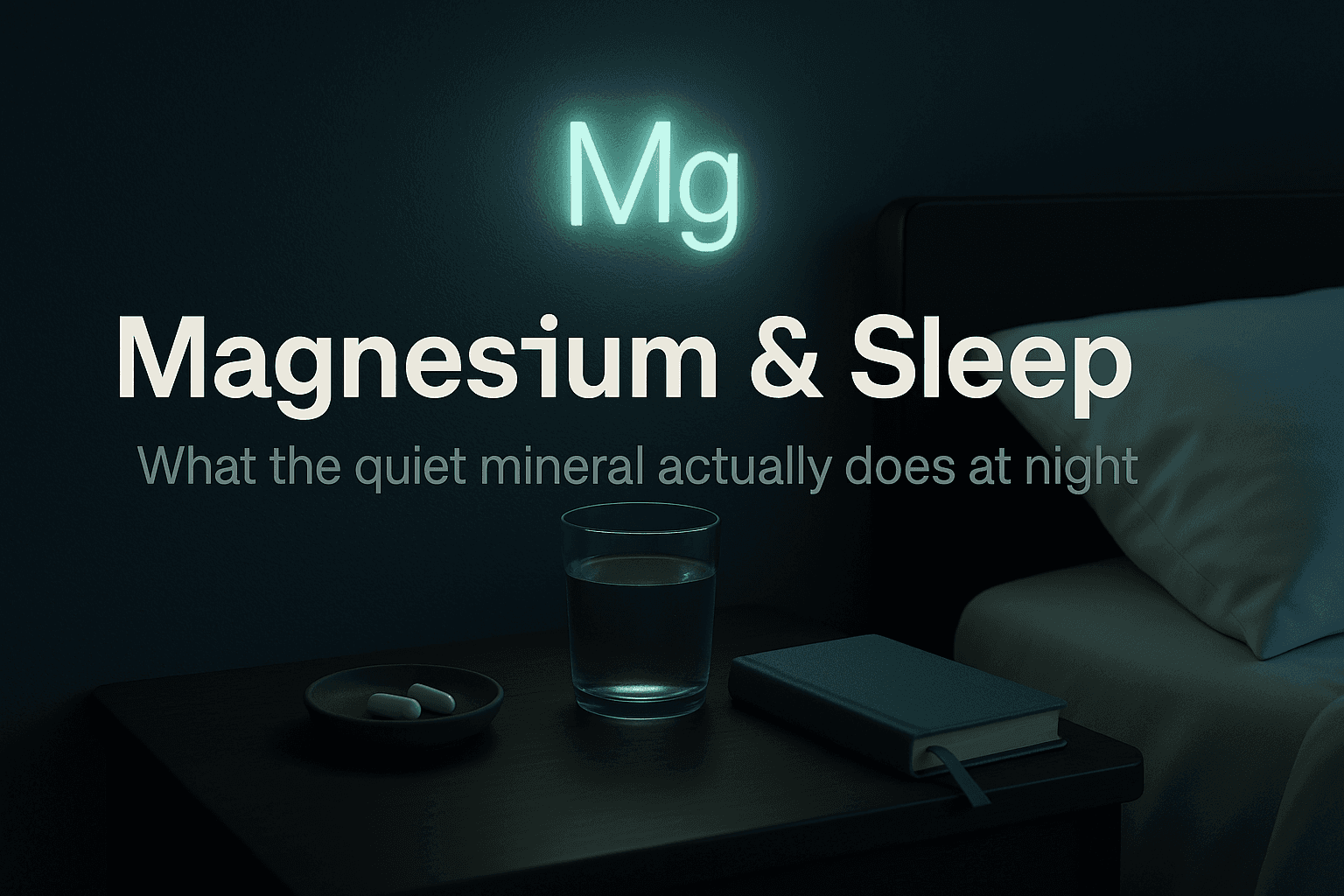
Magnesium and Sleep: What Science Really Says (2025)
Does magnesium help you sleep better? Forms, timing, dosing, safety, and what the evidence actually shows.
RELATED TOPICS
POPULAR IN SUPPLEMENTS

Glycine for Sleep: A Practical Guide
Does glycine help sleep? What it is, benefits, how to try 3 g before bed, stacks, and cautions.

Melatonin and Sleep: What Science Really Says (2025)
Melatonin isn't a sedative—it’s a time signal. How it works, who it helps, and what the latest science says.

Melatonin Timing & Doses: How to Use It Safely
How to use melatonin—best timing windows, dose ranges, and jet-lag strategies.

Magnesium and Sleep: What Science Really Says (2025)
Does magnesium help you sleep better? Forms, timing, dosing, safety, and what the evidence actually shows.
